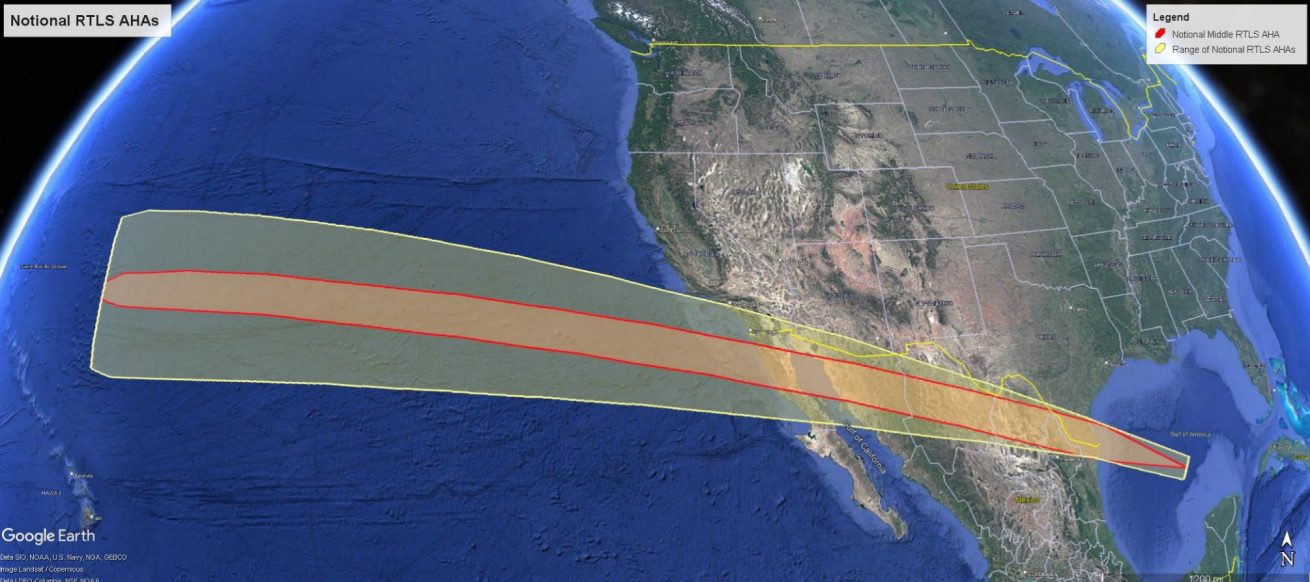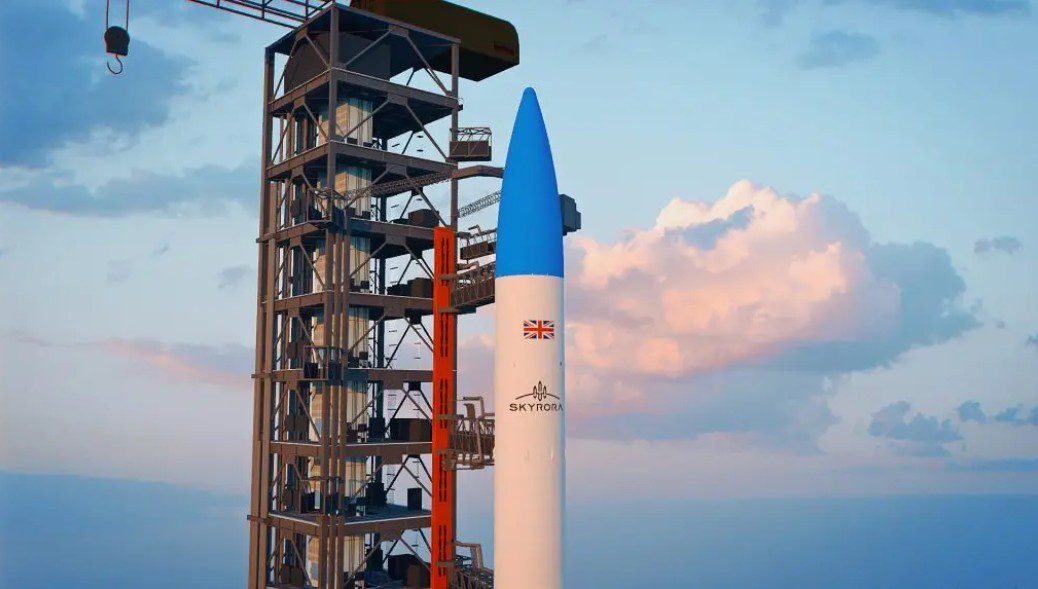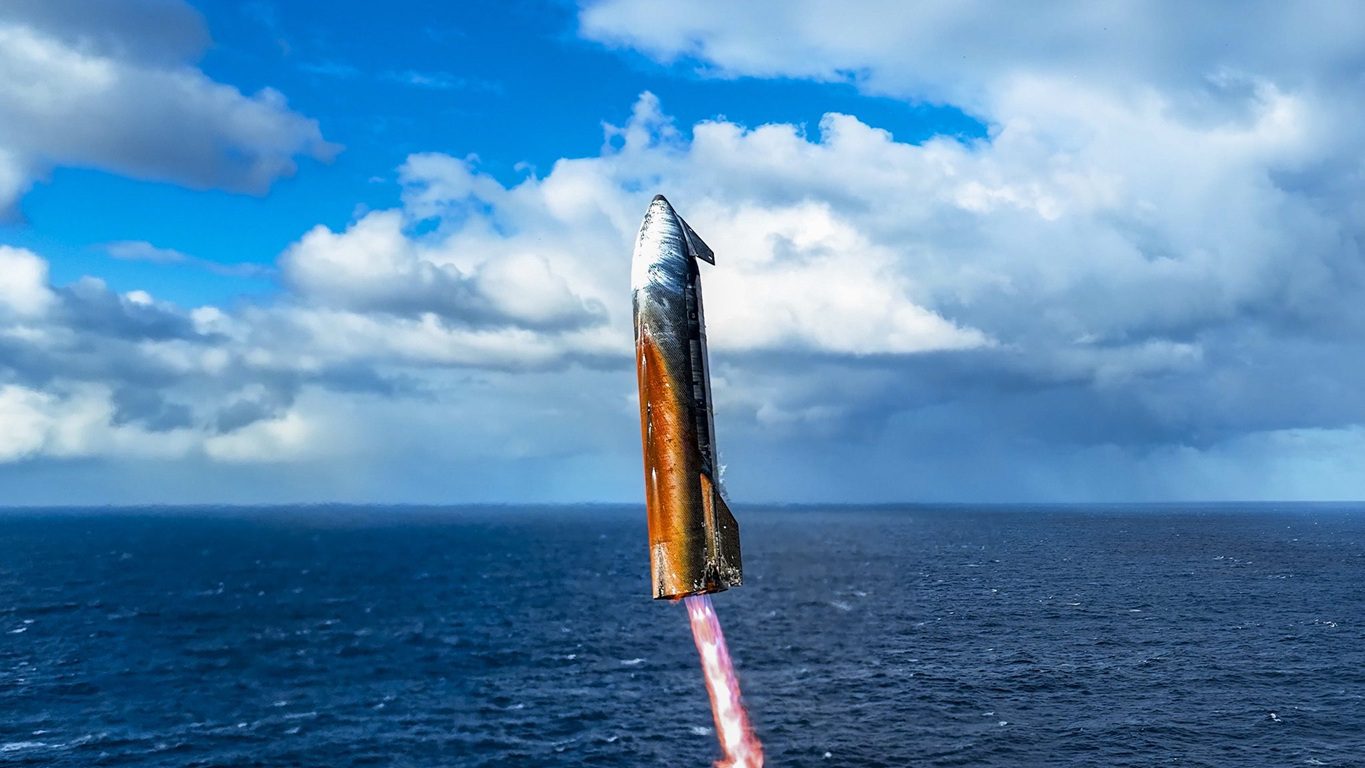WILL X-37B MINISHUTTLE SPY ON CHINA’S TIANGONG 1 STATION? MAYBE – BUT NOT YET
Analysis by David Todd
The U.S. Air Force mini-shuttle mission X-37B/OTV 2 (Flight 1), which was launched in March 2011, had its 9 month mission unexpectedly extended at the end of 2011. The magazine of the British Interplanetary Society, Spaceflight, edited by David Baker, came to the conclusion that the U.S. Air Force mini space plane may have a secondary in-space reconnaissance role to spy on China’s manned space programme in addition to its suspected Earth observation role.
The conclusion was reached after amateur watchers noted the similarity in its orbital parameters (inclination, apogee, perigee) to that of China’s Tiangong 1 small space station which was recently used for China’s successful unmanned Shenzhou 8 docking tests. Spaceflight speculated that the mission thus may be being used for intelligence gathering on the Chinese space station. Other orbital analysts disagree, noting that for long term observation their orbits would really have to be in the same plane and that they are currently more or less perpendicular to each other.
For their planes to line up, the two orbits have to have the same inclination – which is the case at circa 42.8 degrees – and have the same right ascension of the ascending node (RAAN) – they are currently about 90 degrees apart. The RAAN is the angular location of the point where the satellite crosses the equator going from south to north as measured from a fixed point in space (First Point of Aries).
Nevertheless, all may not be lost for this spying theory. While an engine firing could be made to alter the X-37B’s orbital plane, this would be probably too costly in terms of fuel use. More likely is to use the small differences in their two orbits’ parameters (apogee, perigee) to allow their two orbital planes to slowly merge using the differences in their natural orbital precession rates, which are caused by the irregular/oblate shape of the Earth. While time consuming, the Iridium communications satellite constellation moves its satellites from plane to plane in this way. As such, with their orbital planes lined up, it would be relatively simple making minor altitude changes to allow X-37B to get into a close observing position near Tiangong 1.
The Tiangong 1 station is expected to receive a manned Shenzhou visit later this year. The opportunity to observe this docking is probably too good to miss for the US intelligence establishment. Thus Hyperbola expects that X-37B/OTV 2 (FLIGHT 1) will be used to monitor any manned docking when it occurs. The proof of this will be if it lines up its orbital plane with Tiangong 1 as described.







